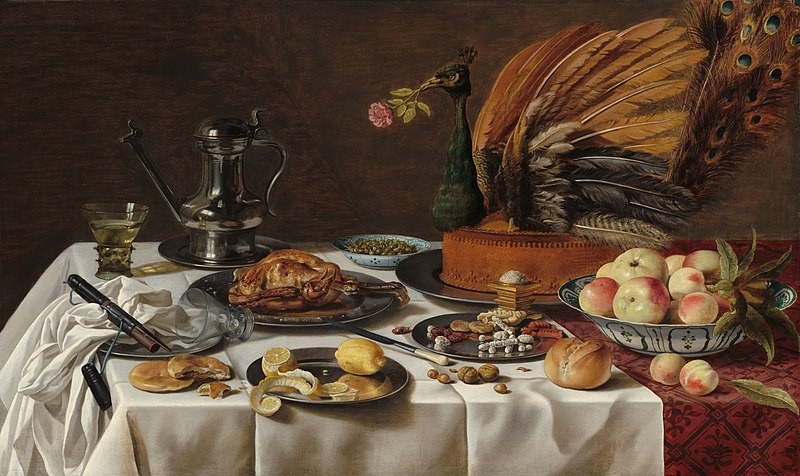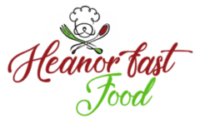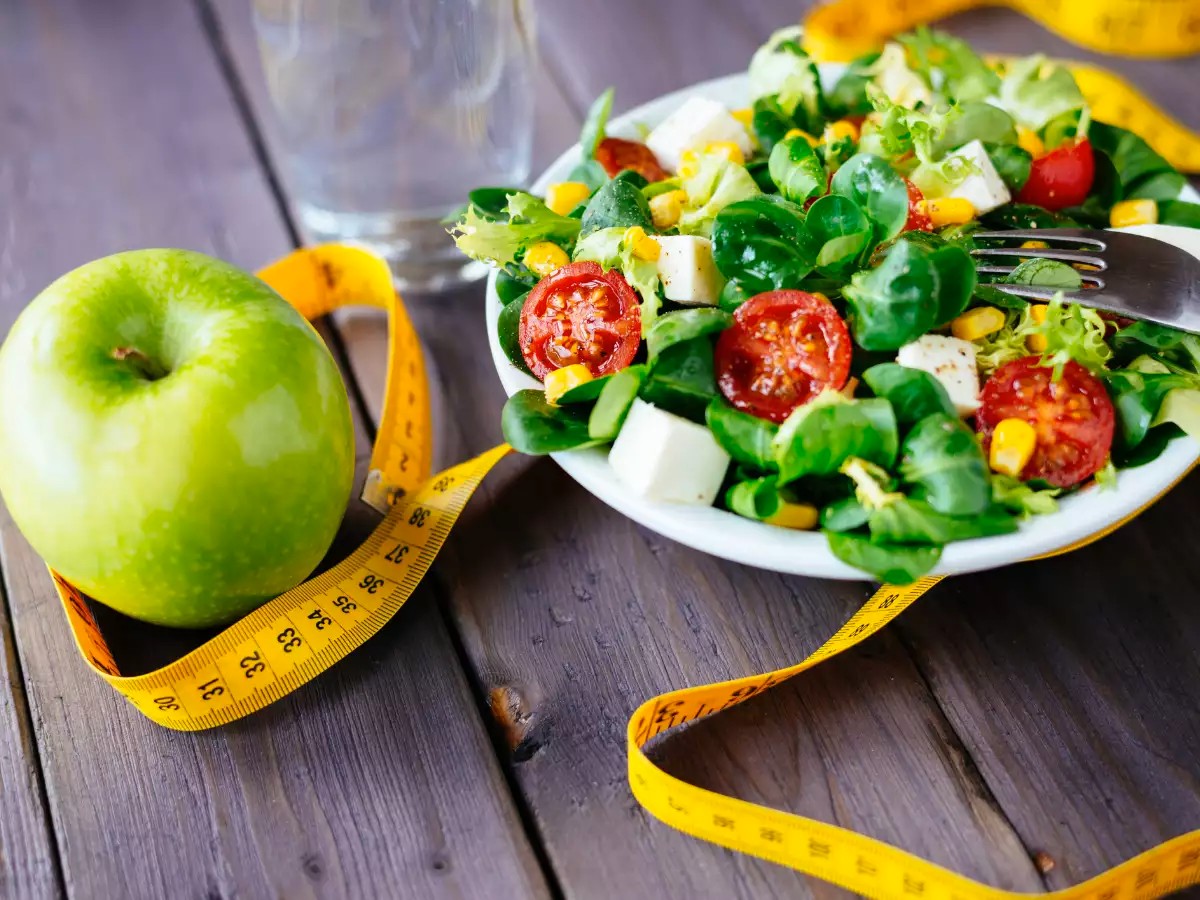
In today’s fast-paced world, lunch breaks often consist of quick, on-the-go meals or a brief pause from work. However, the concept of taking a break to enjoy a meal has evolved significantly over the centuries. From lavish medieval feasts to the convenience of modern fast food, the lunch break has undergone a fascinating transformation. This article delves into the rich history of lunch breaks like Frokostordning, exploring how they have changed from grand dining experiences to the quick, efficient meals we know today.
Medieval Lunch Feasts: A Luxurious Affair
During the medieval period, lunch was often a grand affair, especially for the wealthy. Known as “dinner” or “midday meal,” it was a time for elaborate feasts that could last for several hours. These meals were not just about sustenance but also a display of social status and wealth.
Feudal lords and nobles would host lavish banquets featuring a variety of dishes, including roasted meats, pies, and pastries. Such meals were accompanied by a range of beverages, from ale and wine to spiced waters. The consumption of such lavish meals was a way to show hospitality and affluence, making the midday meal an important social event.
The Shift to Simpler Meals: The Renaissance and Enlightenment
As Europe transitioned from the medieval period to the Renaissance and Enlightenment, the nature of lunch began to change. The focus shifted from opulent feasts to more practical and simplified meals. During this time, lunch became a lighter meal, often consisting of bread, cheese, and cold meats.
The Renaissance period saw the rise of the middle class, which influenced dining habits. The midday meal, now referred to as “lunch,” became less about ostentation and more about practicality. This shift reflected broader social changes, including the increasing importance of work and productivity in daily life.
Industrial Revolution: The Emergence of the Working Lunch
The Industrial Revolution marked a significant turning point in the history of lunch breaks. With the rise of factory work and urbanization, workers needed a more structured approach to their meal times. This era saw the introduction of the “working lunch,” a quick and practical solution for busy factory workers and office employees.
Lunch breaks became shorter and more regulated, and meals had to be quick and convenient. This period also saw the rise of the “lunch pail,” a portable container used by workers to bring their meals from home. The focus was on efficiency, and meals were often simple, consisting of sandwiches, soups, or stews that could be easily transported and consumed during a short break.
20th Century: The Rise of Fast Food and Cafeterias
The 20th century brought about rapid changes in the way people approached their lunch breaks. The rise of fast food chains in the mid-20th century revolutionized lunch breaks, offering quick and affordable meal options for people on the go. Fast food restaurants like McDonald’s and Burger King became popular for their efficiency and convenience, catering to the increasingly busy lifestyles of modern workers.
Alongside fast food, the cafeteria concept also gained prominence. Cafeterias, whether in schools, workplaces, or public spaces, offered a variety of meal options that could be served quickly to large numbers of people. This model provided a solution for the growing need for quick, varied meals in a more structured environment.
Modern Lunch Breaks: Convenience Meets Health
In recent decades, the lunch break has continued to evolve, reflecting changing attitudes towards health and well-being. While the convenience of fast food remains popular, there is a growing emphasis on healthier meal options. Many workplaces and schools now offer a range of nutritious choices, including salads, fruits, and whole grains.
The modern lunch break is also influenced by trends in wellness and mindfulness. People are increasingly seeking out lunch options that align with their health goals, whether that means plant-based diets, low-carb meals, or organic ingredients. This shift is also reflected in the rise of meal prep culture, where individuals prepare their lunches in advance to ensure they have healthy options available during the workweek.
The Future of Lunch Breaks: Technology and Personalization
Looking ahead, the future of lunch breaks is likely to be shaped by technology and personalization. Innovations such as food delivery apps and smart kitchen appliances are making it easier for individuals to access and prepare meals that suit their preferences and schedules.
As technology continues to advance, we may see further changes in how people approach their lunch breaks. From automated meal preparation to personalized nutrition plans, the future promises a more tailored and efficient approach to enjoying the midday meal.
Conclusion
The evolution of lunch breaks from medieval feasts to modern fast food reflects broader changes in society, work, and lifestyle. What began as a grand social event has transformed into a practical necessity, shaped by economic, technological, and cultural shifts. As we look to the future, it’s clear that the lunch break will continue to adapt, offering new opportunities for convenience, health, and enjoyment.
Understanding this history not only provides insight into our dining habits but also highlights the dynamic nature of food culture and its role in our daily lives. Whether you’re enjoying a quick bite from a fast food restaurant or a carefully prepared meal, the lunch break remains an important part of our daily routine, reflecting our ever-changing needs and values



